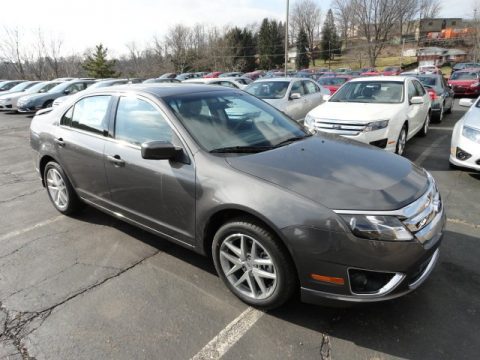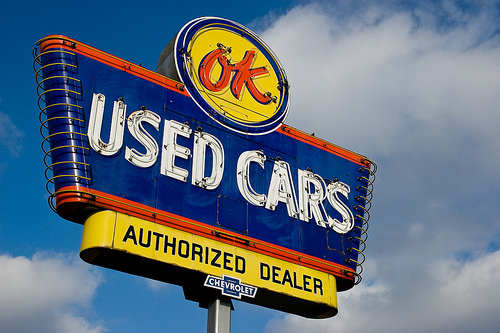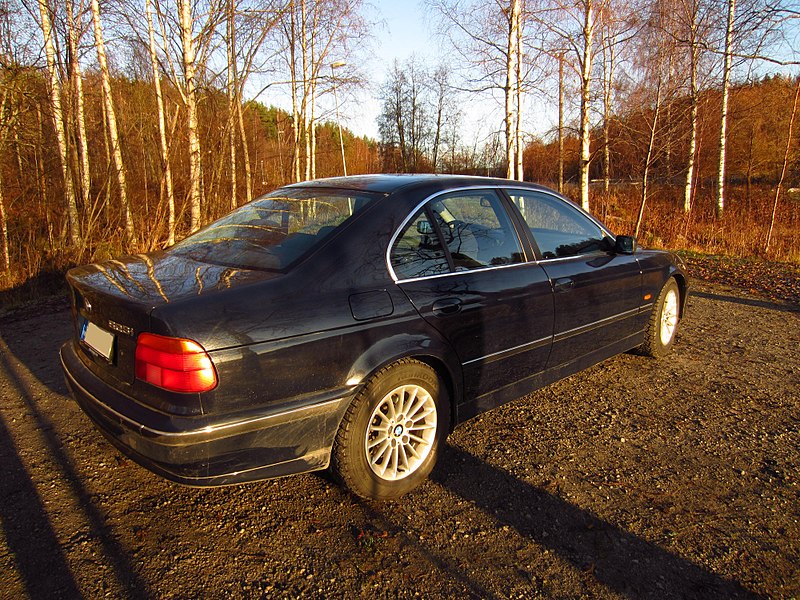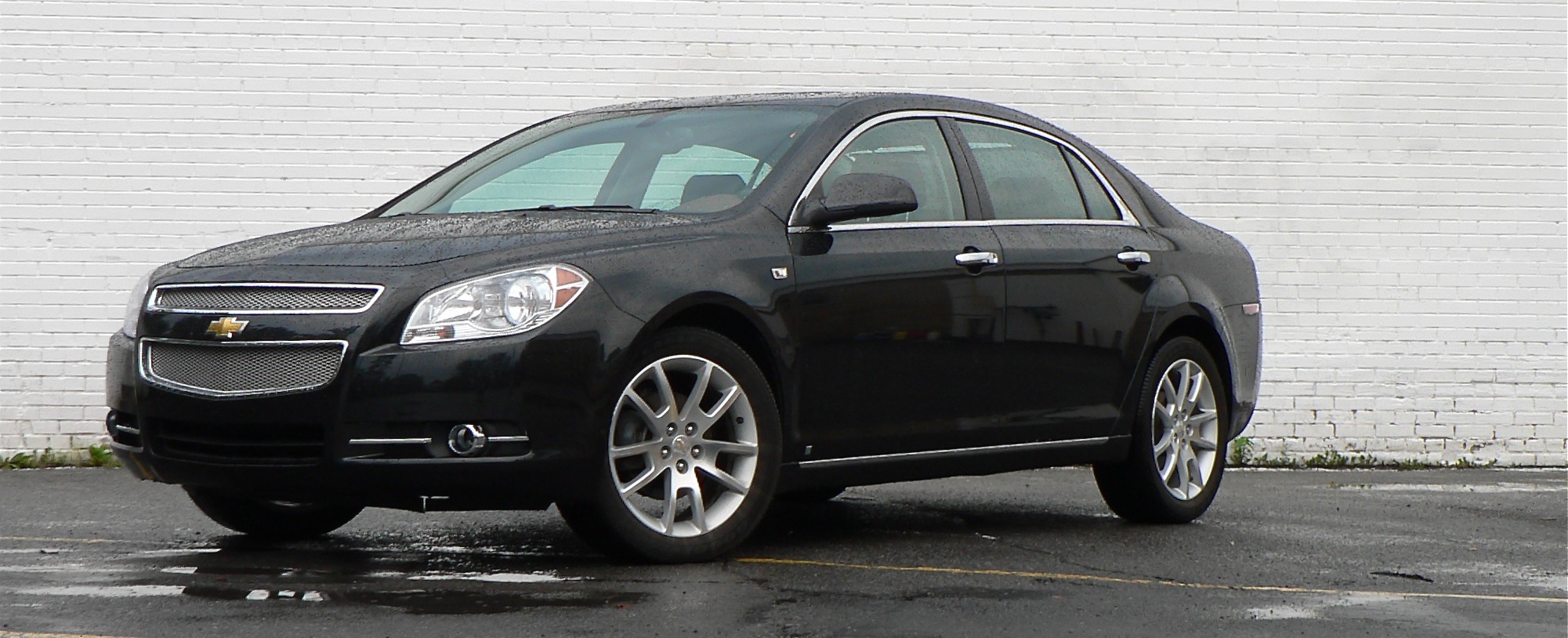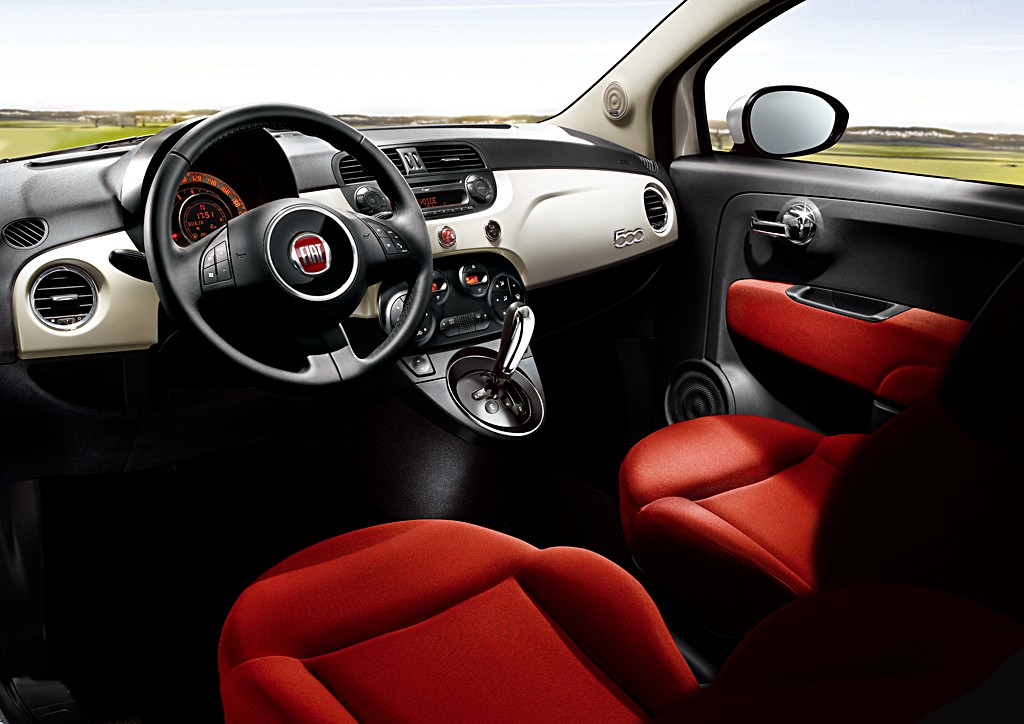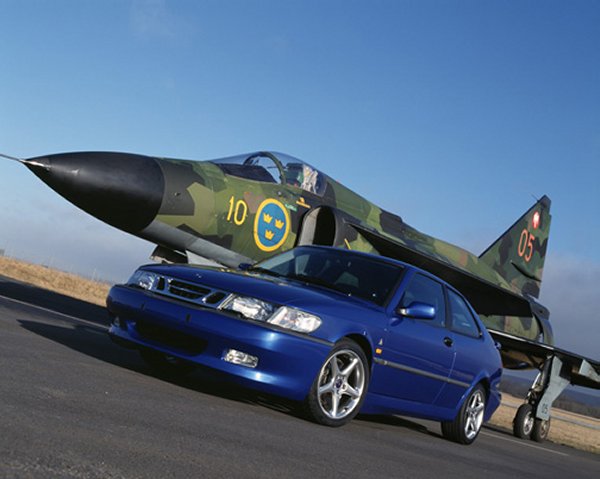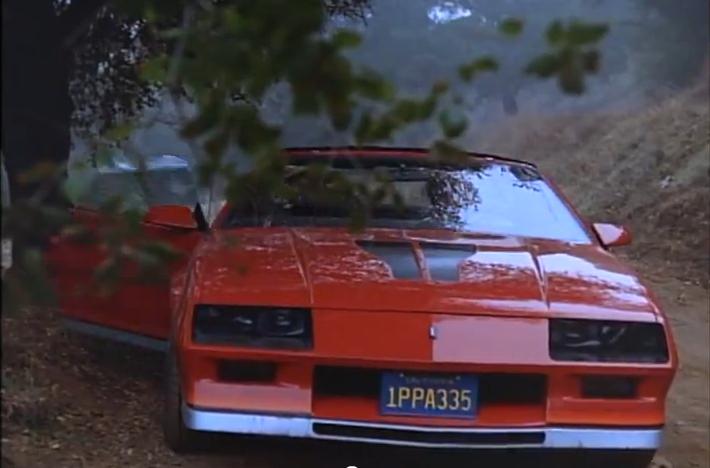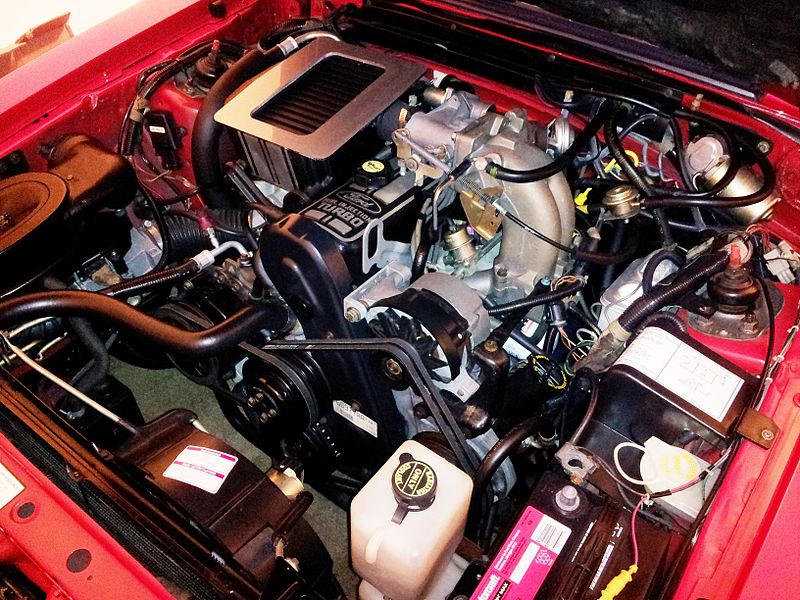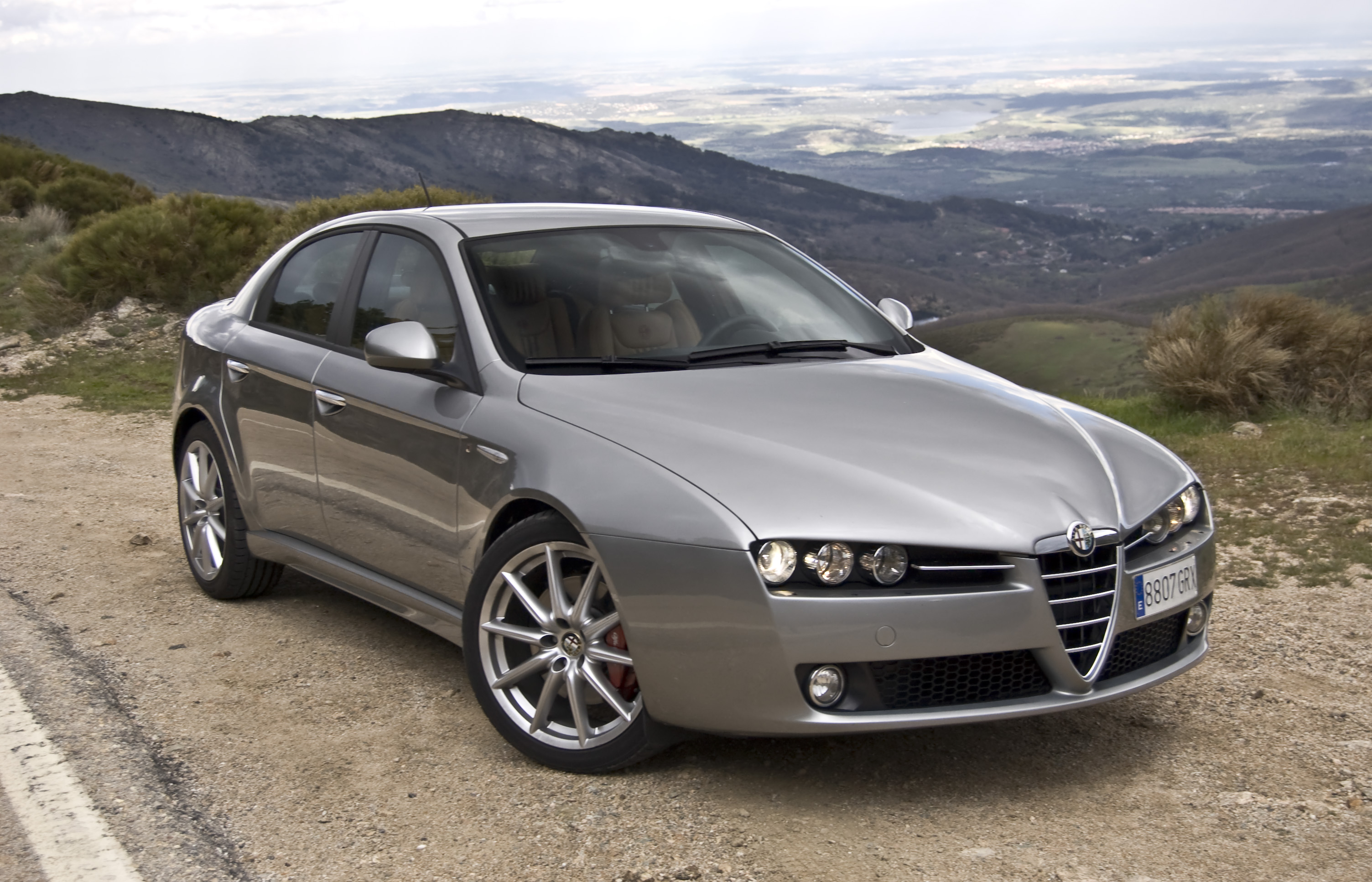No matter what
happens in the finance office, or at anytime during the car buying process,
remember this: You can always walk.

If for any reason
you don't like the deal, or the deal changed for the worse between the time you
left the sales person and entered the finance office, you can walk.
Even if you signed a
piece of paper for the salesman, committing to buying a car, you can walk. Only when you've signed the final contact in
the finance office, are you obligated to take possession of the car.
There are always
good reasons to walk away from a deal, and you should always have that
option. But there are two things to be
conscious of if you do decide to walk away:
- The deal may or may not get better by walking away. Yes, it's possible to get a better deal by walking and coming back later, but it might not.
- You may not get a better deal someplace else. Dealers have access to the same information you do and they keep a vigilant eye on their competition, including prices and sales volumes. They also use the same tools to price their cars and appraise trade ins.
If you do walk away
from a deal, you have to be prepared to start over from square one. Car buying is a lengthy process that takes
several hours or more. If you've already
invested a whole Saturday or evening negotiating a deal, you have to decide if
it's worth spending more of your time to try and get a better deal.
This is where the
time value of money comes in--how much
is it worth for you to try and get a better deal? Are you willing to give up another evening or
Saturday? Take time off from work? Miss out on an activity you enjoy? You have to ask yourself: "Is what I'm giving up, worth what I'm
getting in return?"
It's a question only
you can answer. And to help answer it,
we've come back full circle to the beginning of this series--the key to knowing
when to walk is information. It's another
reason why it's important to do your research up front and gather enough
information to make the best decision.



.jpg)
